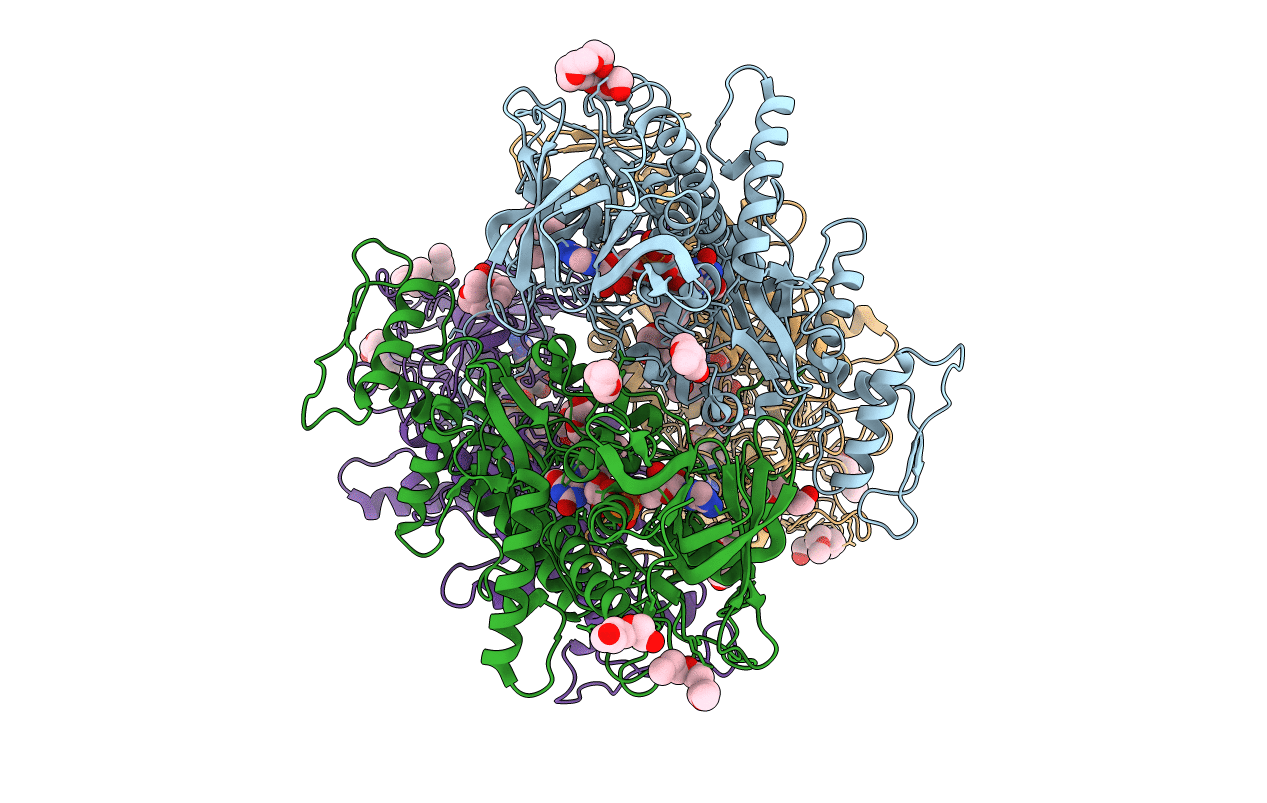
Deposition Date
2004-06-21
Release Date
2005-06-21
Last Version Date
2024-02-14
Method Details:
Experimental Method:
Resolution:
1.80 Å
R-Value Free:
0.17
R-Value Work:
0.13
R-Value Observed:
0.13
Space Group:
P 1 21 1


